Description
Fern Plant
Fern plants can be found all over the world, in tropical, temperate, and Arctic climates, while the majority of species are found in tropical areas. They prefer shady, moist locations, but they can also be found on rocks and dry ground. Some species can only be found on trees.
Ferns come in a wide variety of habitats, shapes, and reproduction procedures. They range in size from tiny thin plants that are around 1–1.2 cm tall to twining and vine-like plants that float on the surface of the water. The majority of ferns prefer to live in moist, warm conditions. Ferns are common in tropical areas, but their numbers decline as latitudes rise and moisture supplies decrease. In dry, frigid climates, only a few can be discovered.
Maintenance:
- There are many tropical and subtropical fern species, but there are also many fern species endemic to more moderate areas. These ferns might thrive in colder areas of the house, but they won’t live in overheated spaces. In homes with central heating, tropical plants thrive. The following are ideal indoor conditions for fern growth
- All ferns enjoy wetness and should be kept in a damp environment.
- Although most ferns prefer moist, shaded environments such as forest floors, this does not mean they do not require light.
- They will lose their leaves or have their fronds turn yellow if they are exposed to direct sunlight.
- In the summer, feed your ferns with a liquid fertilizer every two to four weeks, but don’t mix it to full strength because it can harm the root structure. For misting, a few drops of fertilizer can be added to the water periodically.
- Most ferns want consistently moist soil with regular watering.
Benefits:
- The fern is considered one of the most effective air purifiers.
- This evergreen plant not only helps to remove hazardous pollutants from the home but also improves humidity by naturally restoring moisture to the air.





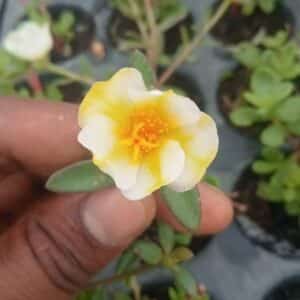


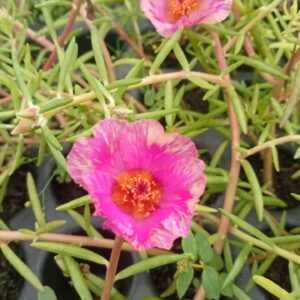
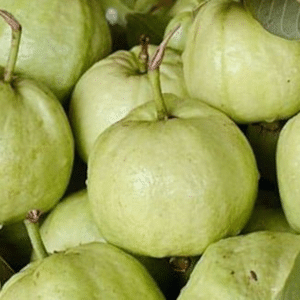


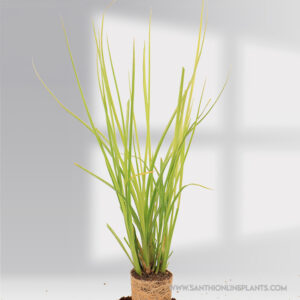
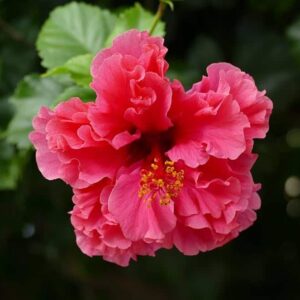










Reviews
There are no reviews yet.